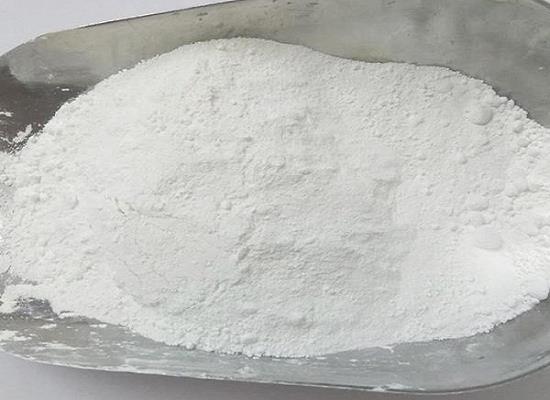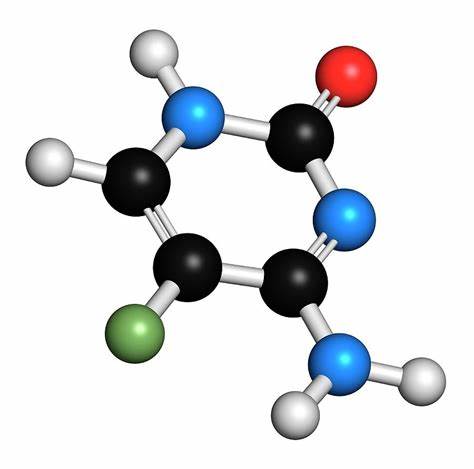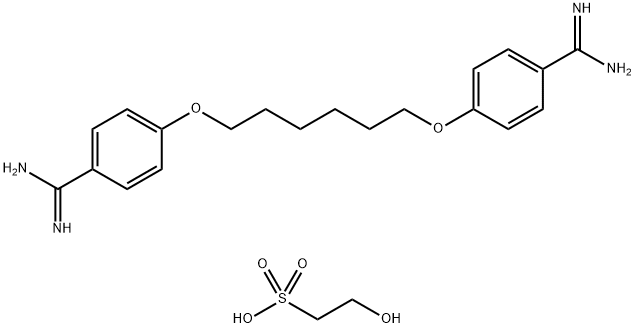Hexamidine diisethionate: properties and applications in skin health
Aug 16,2023
General Description
Hexamidine diisethionate is a versatile compound widely used in cosmetics, pharmaceuticals, and textile manufacturing. It has antimicrobial and anti-inflammatory properties, making it suitable for skincare products. Hexamidine diisethionate exhibits good solubility, stability, and compatibility with human skin. It has been found to improve the barrier function of the skin, potentially reducing signs of aging and promoting overall skin health. However, there have been reported cases of allergic contact dermatitis associated with hexamidine, although sensitization is not common. Overall, while hexamidine is generally considered safe, it is essential to be aware of possible adverse reactions, particularly skin sensitization. Further research may uncover additional benefits and applications for maintaining youthful and healthy skin.

Figure 1. Hexamidine diisethionate
Properties
Hexamidine diisethionate, also known as hexamidine, is a versatile chemical compound widely used in cosmetics, pharmaceuticals, and textile manufacturing. It possesses several important properties that contribute to its widespread application. Firstly, hexamidine diisethionate exhibits potent antimicrobial properties, effectively combating a broad spectrum of bacteria, fungi, and other microorganisms. Furthermore, this compound possesses anti-inflammatory effects, making it suitable for soothing sensitive skin and alleviating irritations, redness, and swelling. Moreover, hexamidine diisethionate has excellent compatibility with human skin and is considered relatively mild. It exhibits great skin tolerance, minimal irritation potential, and does not disrupt the natural balance of the skin. Additionally, hexamidine diisethionate demonstrates good solubility in water and alcohol. Furthermore, this compound exhibits stability under typical storage conditions, remaining effective even in the presence of light and heat. Overall, hexamidine diisethionate's antimicrobial, anti-inflammatory, and preservative properties make it valuable in the cosmetic and pharmaceutical industries. It finds application in skincare, hair care, and medical products, supporting the development of effective and safe formulations. 1
Applications in skin health
Hexamidine diisethionate has a range of applications in skin health. Research suggests that it possesses inhibitory activity on serine proteases associated with skin inflammation, which could potentially attenuate the skin aging process. Skin inflammation and abnormal lipid biosynthesis are linked to skin aging, and studies have shown that hexamidine can reverse cellular processes typical of aged skin. Moreover, hexamidine has been found to enhance the barrier properties of the stratum corneum, the outermost layer of the skin. Application of a cosmetic moisturizer containing hexamidine, niacinamide, and Pal-KT increased the number and size of mature corneocytes in the facial stratum corneum, as demonstrated in a study involving twenty female subjects. Another study showed that a cream containing hexamidine and niacinamide led to thickening of the skin and a reduction in transepidermal water loss (TEWL) when applied to the volar forearm of thirty-six female subjects. These findings highlight the potential of hexamidine diisethionate in combating skin aging, improving skin barrier function, and promoting overall skin health. Further research and exploration of its applications in skincare formulations may provide additional benefits for maintaining youthful and healthy-looking skin. 2
Hexamidine diisethionate is considered safe for use in cosmetics and toiletries at concentrations less than or equal to 0.10%. The European Union Cosmetics Directive permits the use of hexamidine diisethionate as a preservative within this concentration limit. However, there have been reported cases of allergic contact dermatitis associated with hexamidine. One particular case observed an allergic systemic reaction due to topical application. Additionally, comparative studies have revealed that hexamidine can be a strong sensitizer among antiseptics causing contact dermatitis. Nevertheless, larger studies have indicated that sensitization to hexamidine is not a common occurrence. In a study involving 641 children with atopic dermatitis, only three children (0.5% of the tested population) experienced allergic contact dermatitis caused by hexamidine diisethionate. In conclusion, while hexamidine and its salts are generally considered safe for use, it is important to note that adverse reactions, primarily skin sensitization, can occur. 3
Reference
1. Parisi N, Matts PJ, Lever R, Hadgraft J, Lane ME. Preparation and characterisation of hexamidine salts. Int J Pharm, 2015, 493(1-2):404-411.
2. Osborne R, Mullins LA, Jarrold BB. Understanding metabolic pathways for skin anti-aging. J Drugs Dermatol, 2009, 8(7 Suppl):S4-S7.
3. Parisi N, Matts PJ, Lever R, Hadgraft J, Lane ME. Hexamidine salts - applications in skin health and personal care products. Int J Cosmet Sci, 2017, 39(4):361-365.
- Related articles
- Related Qustion
- What diseases can hexamidine diisethionate eye drops be used to treat? Mar 24, 2025
Hexamidine diisethionate (HEX D) is a water-soluble cationic agent with antimicrobial activity against bacteria, fungi, yeasts, and free-living amoebas.
- Hexamidine Diisethionate: A Highly Effective, Broad-Spectrum Antimicrobial Agent and Preservative Feb 2, 2024
Hexamidine diisethionate is a safe and effective antimicrobial agent, serving as a preservative and treating various skin conditions. Its recommended dosage ranges from 0.01% to 0.1%.
- Hexamidine diisethionate-application, Health Hazard and Toxicity Nov 11, 2019
Hexamidine diisethionate is a very mild and safe antimicrobial agent with good tolerability and low risk.
Diethyltoluenediamine is non-volatile and used in polymers for improved performance, but caution required due to potential health risks.....
Aug 16,2023API5-Fluorocytosine also called Capecitabine Intermediate 1 is an orally active antifungal agent with a very narrow spectrum of activity.....
Aug 16,2023APIHexamidine diisethionate
659-40-5You may like
Hexamidine diisethionate manufacturers
- 2-hydroxyethanesulphonic acid, compound with 4,4'-[hexane-1,6-diylbis(oxy)]bis[benzenecarboxamidine] (2:1)
-
![659-40-5 2-hydroxyethanesulphonic acid, compound with 4,4'-[hexane-1,6-diylbis(oxy)]bis[benzenecarboxamidine] (2:1)](/ProductImageEN1/2025-04/Small/949901ef-ced8-430f-9251-90a700121d1e.gif)
- 2025-12-21
- CAS:659-40-5
- Min. Order:
- Purity: 0.99
- Supply Ability:
- Hexamidine diisethionate
-

- $0.00 / 1Kg/Bag
- 2025-12-19
- CAS:659-40-5
- Min. Order: 1KG
- Purity: 99%min
- Supply Ability: 500KGS
- Hexamidine diisethionate
-

- $500.00/ kg
- 2025-12-16
- CAS:659-40-5
- Min. Order: 1kg
- Purity: 99%
- Supply Ability: 5000






